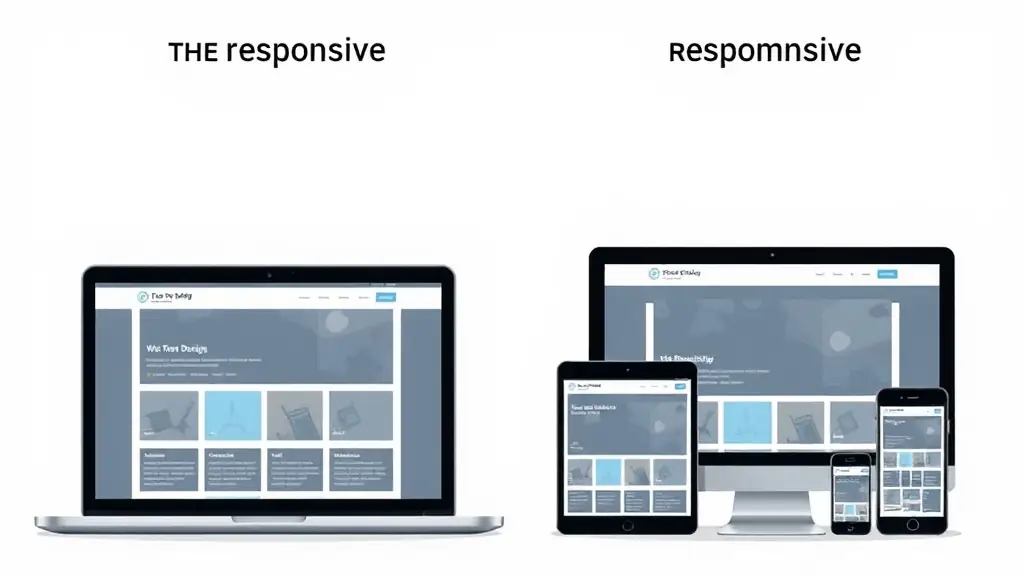The Role of Analytics in Website Management
Understand how analytics can transform your website management strategy.

In today’s digital landscape, having a responsive website is no longer optional; it’s a necessity. With the increasing use of mobile devices for browsing, websites must adapt to various screen sizes to provide a seamless user experience. Responsive design ensures that your website looks great and functions well on desktops, tablets, and smartphones alike. This adaptability not only enhances user satisfaction but also improves your site’s SEO performance.
Moreover, responsive design can significantly reduce bounce rates. When users encounter a website that is difficult to navigate on their device, they are likely to leave and seek alternatives. By ensuring that your site is mobile-friendly, you can keep visitors engaged and encourage them to explore your content further. This is particularly important for businesses looking to convert visitors into customers.
Additionally, search engines like Google prioritize responsive websites in their rankings. By adopting a responsive design, you not only cater to your audience’s needs but also align with search engine algorithms. This dual benefit makes responsive design a critical component of any successful web strategy. Embracing this approach will help you stay competitive in an ever-evolving digital marketplace.
Understand how analytics can transform your website management strategy.
Discover the importance of responsive design for modern websites.
Learn the essential SEO strategies to boost your website’s visibility.